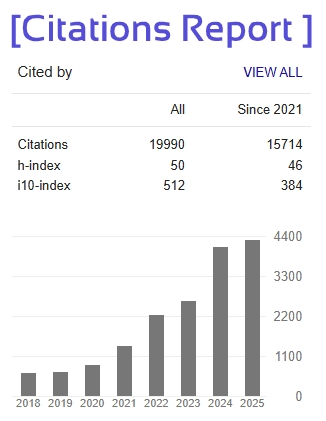Brain Tumors Detection Using Deep Learning
GEETHA T*1 , THIRUMALAI T*2, RAJESH A*3 , RAJESH R*4, SRIKANTH M*5
*1 Assistant Professor, Department Of CSE & Dhanalakshmi Srinivasan Engineering(Autonomous) College
*2*3*4*5 Students, Department Of CSE & Dhanalakshmi Srinivasan Engineering(Autonomous) College
---------------------------------------------------------------------***---------------------------------------------------------------------
Abstract - Brain Tumors are one of the most challenging diseases to cure among the different ailments encountered in medical study. Early classification of brain Tumors from magnetic resonance imaging (MRI) plays an important role in the diagnosis of such diseases. There are many diagnostic imaging methods used to identify Tumors in the brain. MRI is commonly used for such tasks because of its unmatched image quality. The traditional method of identifying Tumors relies on physicians, which is time-consuming and prone to errors, putting the patient’s life in jeopardy. Identifying the classes of brain Tumors is difficult due to the high anatomical and spatial diversity of the brain Tumors’s surrounding region. An automated and precise diagnosis approach is required to treat this severe disease effectively. The relevance of artificial intelligence (AI) in the form of deep learning (DL) has revolutionized new methods of automated medical image diagnosis. As a result, good planning can protect a person's life that has a brain TUMORS The proposed project aims to revolutionize the field of brain Tumors detection in Magnetic Resonance Images (MRI) by introducing a Graph Convolutional Neural Network (GCNN) architecture. Unlike traditional methods that rely on handcrafted features and conventional machine learning algorithms, which might not effectively capture the intricate spatial relationships present in MRI data, the GCNN leverages the inherent graph structure of brain images. In this innovative approach, each voxel in the MRI represents a node interconnected by spatial relationships, forming a graph representation of the image. The GCNN architecture is specifically tailored to extract hierarchical features from this graph, enabling accurate and efficient Tumors detection. Extensive experimentation and evaluation on benchmark datasets have been conducted to validate the effectiveness of the proposed method. Results indicate superior performance compared to existing approaches, showcasing its potential as a reliable and early diagnostic tool for brain Tumorss in MRI images.
Key Words: Image recognition,MRI,GCNN







